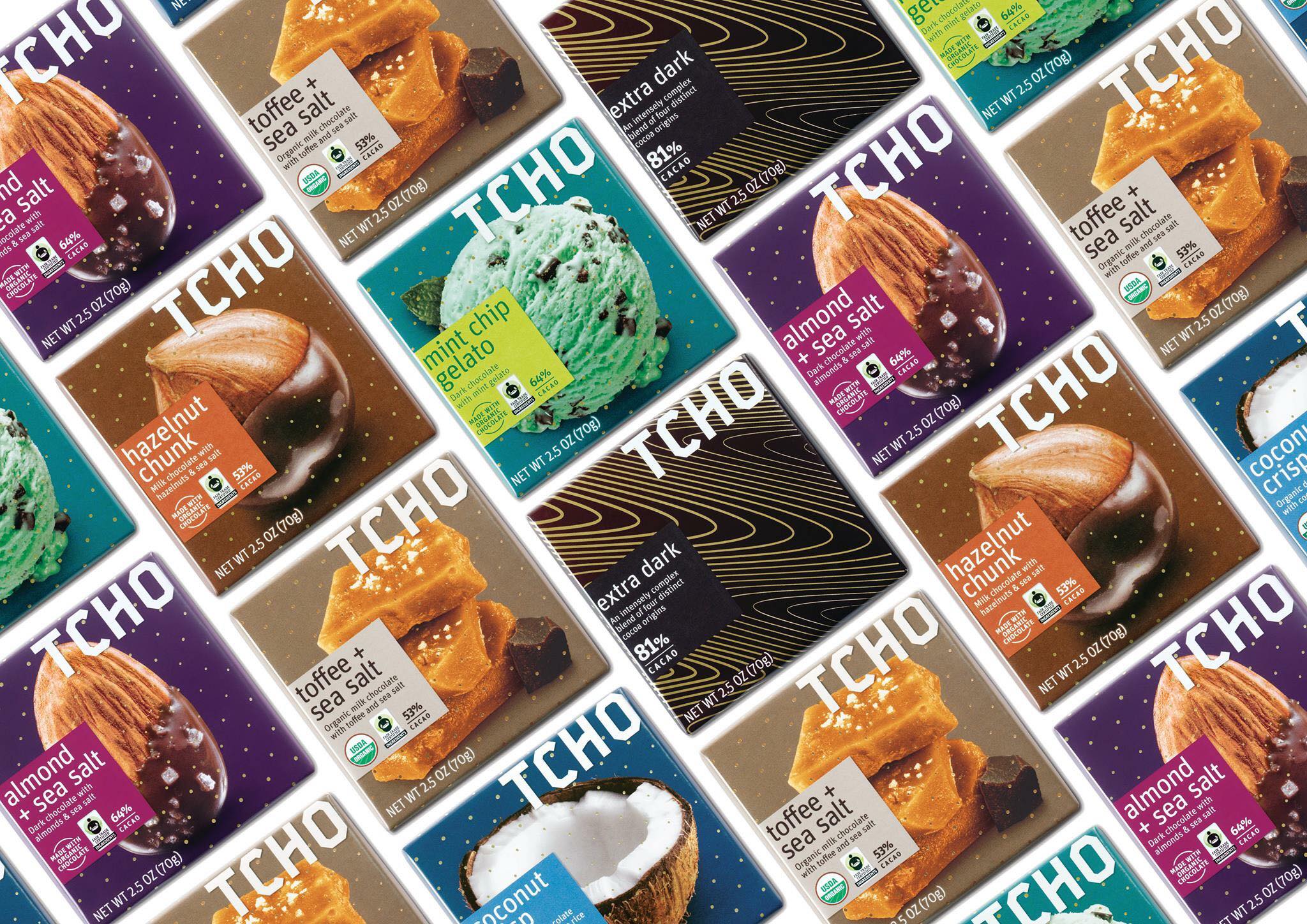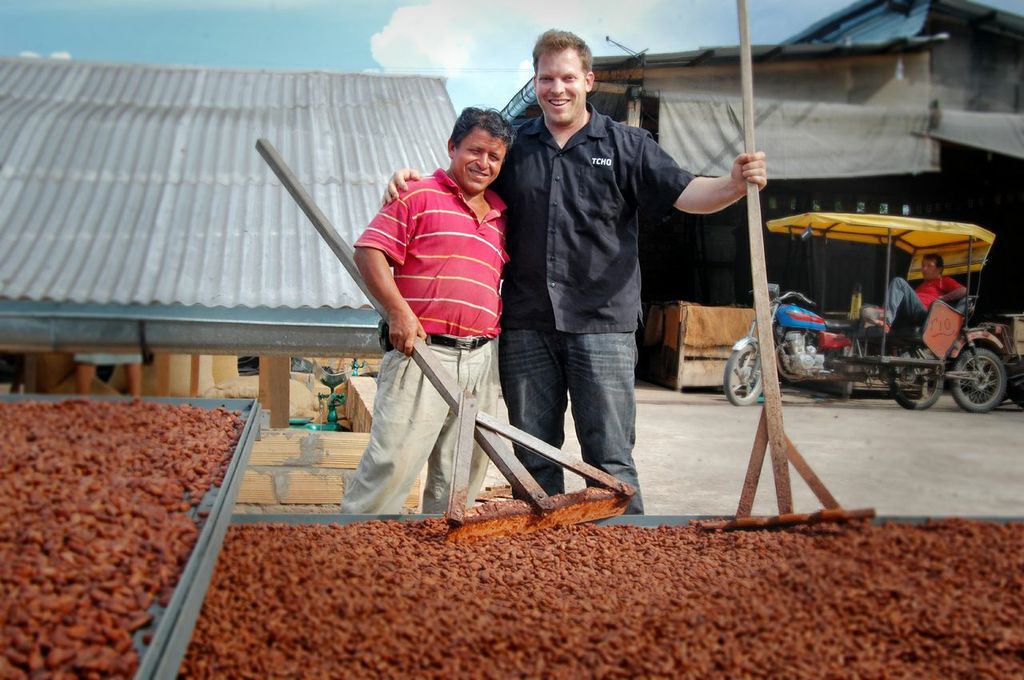CHICAGO — Shoppers today seek upgraded experiences in everyday occasions, paving the way for craft chocolate. Manufacturers in this emerging segment, however, face several key challenges, said Brad Kintzer, chief chocolate maker at TCHO Chocolate.
“For an everyday purchase, it really can be quite expensive,” Mr. Kintzer said during a presentation at the Sweets & Snacks Expo, held May 22-24 in Chicago. “Another issue is product consistency... If you go out and buy a $7 or $8 or $9 bar and you have a bad experience with it, you may not be back again for anybody’s $7 or $8 or $9 bar.”
Unlike craft beer and specialty coffee, craft or fine chocolate remains relatively undefined, Mr. Kintzer said.
“There are some key characteristics that are hard to define and quantify, but key characteristics and common threads between chocolate makers who define themselves as craft or fine,” he said. “The first one is a passion for the flavor, the true inherent flavors that can be found in great cocoa, one of the most densely flavored foods known to humans. The only thing that really rivals it is coffee beans. When we’re talking about craft chocolate, a lot of makers focus on how to showcase those diverse flavors.”

Another aspect among craft chocolate makers is ethical sourcing and fair treatment of cacao farmers, Mr. Kintzer said.
“There’s a real aspirational element to fine chocolate making where there’s a belief that if we could do this right and get the numbers to work well financially, we can actually make a big improvement in farmers’ lives,” he said.
Most craft chocolates in the marketplace feature understated or sophisticated packaging, “not necessarily bright and shiny and flashy,” Mr. Kintzer said. Products typically contain a relatively high cacao content and few ingredients.
“One trend in craft chocolate is actually to make two-ingredient chocolates; just cocoa beans and sugar,” Mr. Kintzer said.
TCHO Chocolates, Berkeley, Calif., offers single-origin chocolate bars featuring beans from Ghana, Ecuador and Madagascar, as well as an assortment of flavor varieties, including mint chip gelato, pretzel crunch and toffee and sea salt.
“One of the things fine chocolate has traditionally done is added very few additional ingredients to the chocolates; it’s about the purity of the beans,” Mr. Kintzer said. “However, that’s starting to change as craft chocolate makers recognize that you can make something great by adding another ingredient as well.”
 TCHO's signature Mokaccino bar blends “dark milk” chocolate and premium coffee beans from Blue Bottle Coffee to create a smooth cappuccino flavor.
TCHO's signature Mokaccino bar blends “dark milk” chocolate and premium coffee beans from Blue Bottle Coffee to create a smooth cappuccino flavor.
“One of the new chocolates that’s emerging in the last several years is this category known as dark milk,” Mr. Kintzer said. “Dark milk has no clear definition, however the basic idea is milk chocolate’s awesome, but what if we added more cocoa to it and made it a lot more robust? It has a deep rich fudginess but grounded in some of that creaminess. Think of it as a dark chocolate ice cream in a bar. Very rich, very smooth, very decadent.”
To overcome some of the barriers in craft chocolate production, Mr. Kintzer said his company established TCHO Source. Through this partnership, cacao farmers are given the tools and training needed to develop expertise in flavor analysis and quality assurance.
“One of the challenges as a chocolate maker is that many cocoa farmers have never tasted chocolate made from their own beans,” he said. “We introduced flavor labs, little bean-to-bar chocolate labs, to farmers at origin where they actually can make and taste their own chocolate and we can do sensory training with them to get on the same page about what flavors are good and what flavors are not so good.”
 The company also has installed improved infrastructure at farmer-owned cooperatives, replacing rudimentary tools for fermenting and drying cacao beans.
The company also has installed improved infrastructure at farmer-owned cooperatives, replacing rudimentary tools for fermenting and drying cacao beans.
“By introducing some basic fermentation and drying systems that are more easily controlled, we’ve seen huge results in our quality,” Mr. Kintzer said.
Craft chocolate delivers on consumers' desire for authenticity and transparency. And despite the premium price tag, craft chocolate is still relatively affordable, Mr. Kintzer noted.
“When you think about it in the bigger picture of things, for the best in class ... it’s an affordable luxury.”




